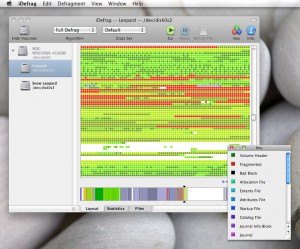

As you delete existing files and write new ones, free allocation units begin to appear all over the disk. When you install programs on a new disk, the allocation units are written to a single, contiguous area. Fragmentation tends to get worse over time. So what happens when a disk becomes fragmented? On the next page, we'll take a look.ĭisks become fragmented as files are written and deleted. The NTFS file management system is one reason disk defragmentation may not provide the improved processing speed it once did, but it also helps to keep the system from slowing down in the first place. In addition to working with larger files, NTFS includes many other improvements, such as more powerful file security, enhanced error recovery and a more efficient file storage structure, which makes searches faster. According to Microsoft, the maximum volume size for NTFS is 2 terabytes and individual files can be as large as the entire volume. All versions of Windows XP and Vista use the NTFS system.

When Microsoft introduced Windows 2000, it also created a new file management system called NTFS (New Technology File System). As applications grew more complex and files grew in size, a more flexible system was an absolute must.

FAT 32 was the file management system of choice for Windows 95 and 98. Volumes could be as large as 32 GB and files could extend to a whopping 4 GB. Volumes could be no more than 4 GB and file names could contain no more than eight characters.Ī later version, FAT 32, expanded the limits and provided additional capabilities. Early versions of FAT (FAT12 and FAT16) limited file size to 2 GB. By today's standards, FAT was pretty thin when it came to storage limits and capabilities. In the days of DOS, Microsoft created a file management system called FAT (File Allocation Table).


 0 kommentar(er)
0 kommentar(er)
